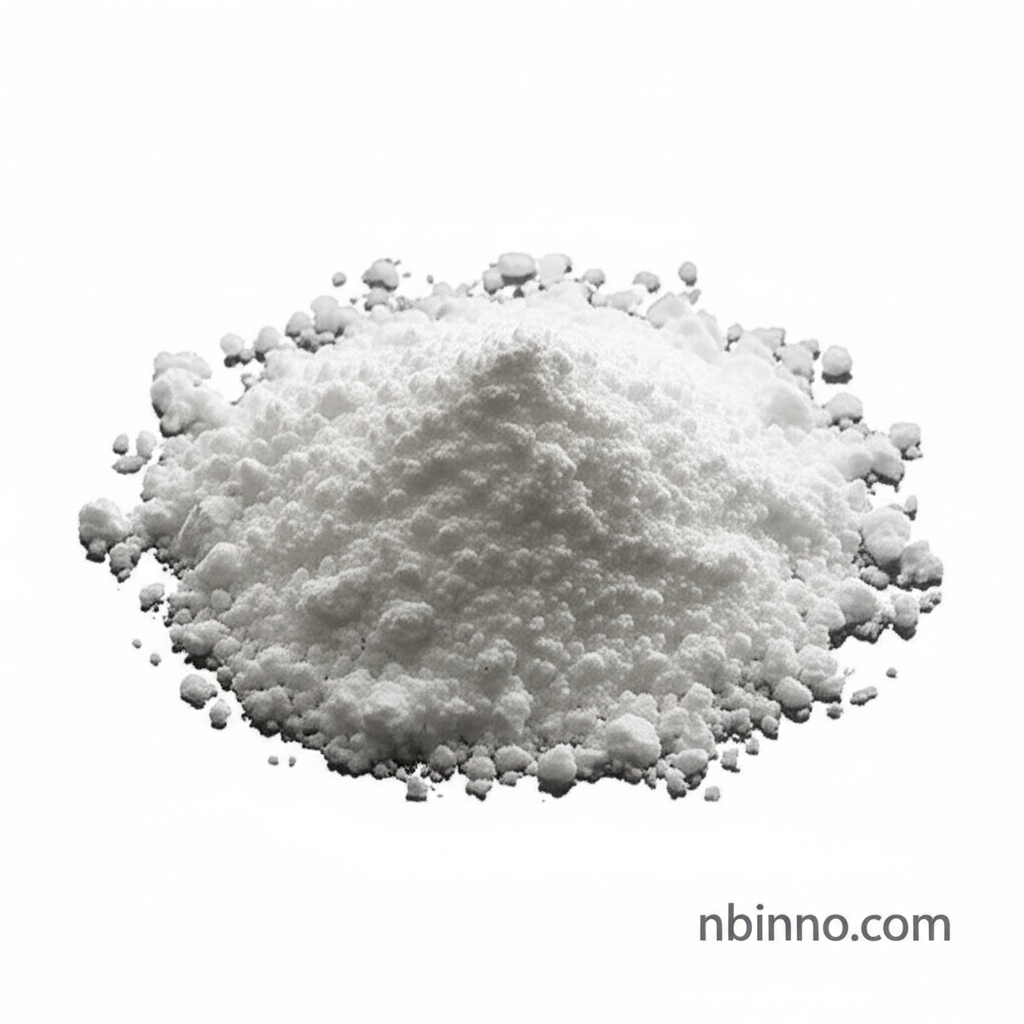High Purity 2,3,5,6-Tetrakis(3,6-diphenylcarbazol-9-yl)-1,4-dicyanobenzene for Advanced OLED Applications
Discover the next generation of OLED materials. As a leading manufacturer and supplier, we offer high-purity 2,3,5,6-Tetrakis(3,6-diphenylcarbazol-9-yl)-1,4-dicyanobenzene (CAS 1416881-55-4) to enhance your device performance and innovation in organic electronics. Secure your supply for cutting-edge TADF-OLED technology.
Get a Quote & SampleUnlock Superior OLED Performance with a Premier Dopant Material

2,3,5,6-Tetrakis(3,6-diphenylcarbazol-9-yl)-1,4-dicyanobenzene
As a trusted manufacturer and supplier in China, we provide high-purity 2,3,5,6-Tetrakis(3,6-diphenylcarbazol-9-yl)-1,4-dicyanobenzene (CAS 1416881-55-4), a key component for advanced OLED devices. This material is engineered to deliver exceptional orange emission and is vital for achieving high efficiency in Thermally Activated Delayed Fluorescence (TADF) applications. Purchase this critical OLED material to elevate your R&D and manufacturing processes.
- High Purity (>97%) 2,3,5,6-Tetrakis(3,6-diphenylcarbazol-9-yl)-1,4-dicyanobenzene for demanding applications.
- Reliable supplier of TADF materials, ensuring consistency and quality for your OLED production.
- Optimized for Orange Emission, contributing to vibrant and pure color displays.
- Prevent Molecular Interactions and excimer formation for enhanced device stability.
Key Advantages for Your Organic Electronics Research
Enhanced TADF Efficiency
Leverage our 2,3,5,6-Tetrakis(3,6-diphenylcarbazol-9-yl)-1,4-dicyanobenzene to boost the quantum efficiency of your TADF-OLED devices. As your dedicated OLED material supplier, we ensure this material facilitates efficient triplet exciton utilization.
Superior Molecular Stability
With its significant steric hindrance, this compound effectively prevents detrimental molecular interactions and excimer formation, a critical factor when you buy OLED dopant materials for long-lasting devices.
Versatile Application Potential
Beyond OLEDs, this material shows promise in cellular fluorescence imaging, offering a versatile solution for scientific research. Explore the benefits of sourcing advanced organic electronics from a reliable manufacturer in China.
Applications Driving Innovation in Organic Electronics
OLED Device Enhancement
As a premier OLED material supplier, we offer 2,3,5,6-Tetrakis(3,6-diphenylcarbazol-9-yl)-1,4-dicyanobenzene for enhancing display brightness and energy efficiency.
TADF-OLED Technology
Crucial for achieving high performance in TADF-OLEDs, this compound is sought after by researchers and manufacturers looking to purchase OLED dopants for next-generation displays.
Cellular Fluorescence Imaging
Its excellent photophysical properties make it valuable for cellular imaging applications, showcasing its versatility as a high-quality chemical.
Advanced Material Research
Professionals seeking novel organic electronic materials can reliably buy 1416881-55-4 from us to push the boundaries of their research.
